Using your shop’s Cost of Doing Business (CODB) as a baseline for labor rates.

The Shop Press team was sitting around jawing the other day about the history of the term “suicide doors.” I read a number of explanations, but none were very satisfactory. During my cursory research, however, I did start noting the rather large number of door styles that have been offered over the years. I was (and am) pretty intrigued by the sheer array of different approaches that have been used for the reasonably simple acts of entering and exiting a vehicle.
Many of the designs you’ll see here have been used at scale only on ultra-exotic machinery, where wild designs and engineering are expected, and the owner presumably wants to make a bit of a scene as he enters and exits his vehicle. However, a few designs pop up on more pedestrian machinery, even if they’re not as common as the conventional front-hinged door we’re all familiar with.
The gull-wing is one of the better-known alternative door designs. One picture tells you about all you need to know about how these function. One of the iconic features of the Mercedes-Benz 300SL, the moniker comes from the fact that from a head-on vantage point, the vehicle profile resembles a bird in flight.

Gull wing doors. DeLorean photo.
Advantages include much less side-clearance needed to open a vehicle, which can help in tight parking areas, and incredibly easy ingress and egress. Disadvantages? Well, if the car should come to rest on its roof in an accident, passenger extraction becomes rather tricky. The height required to open the doors, too, is a consideration for smaller garages. I also imagine opening one of these with some snow on it might make for a wet ride to work.
Honorable mention here goes to the falcon door, which opens a portion of the roof as well and has a hinge that limits the amount of space needed to open the doors. Here’s a Tesla video that shows their take on this derivative of the gull-wing style:
You’re likely familiar with this style of door, too. The ominous-sounding name has largely been supplanted by “coach doors” for fairly obvious reasons by the companies that still produce vehicles with them. Suicide doors are hinged at the rear rather than the front, so the style is well-suited to a sedan or four-door hardtop since the B-pillar comes only to the vehicle’s beltline. This “half-pillar” can function as the latching point for front and rear doors (though it’s not necessary that the vehicle have a B-pillar to have suicide doors, nor does a full-height B-pillar preclude them either).
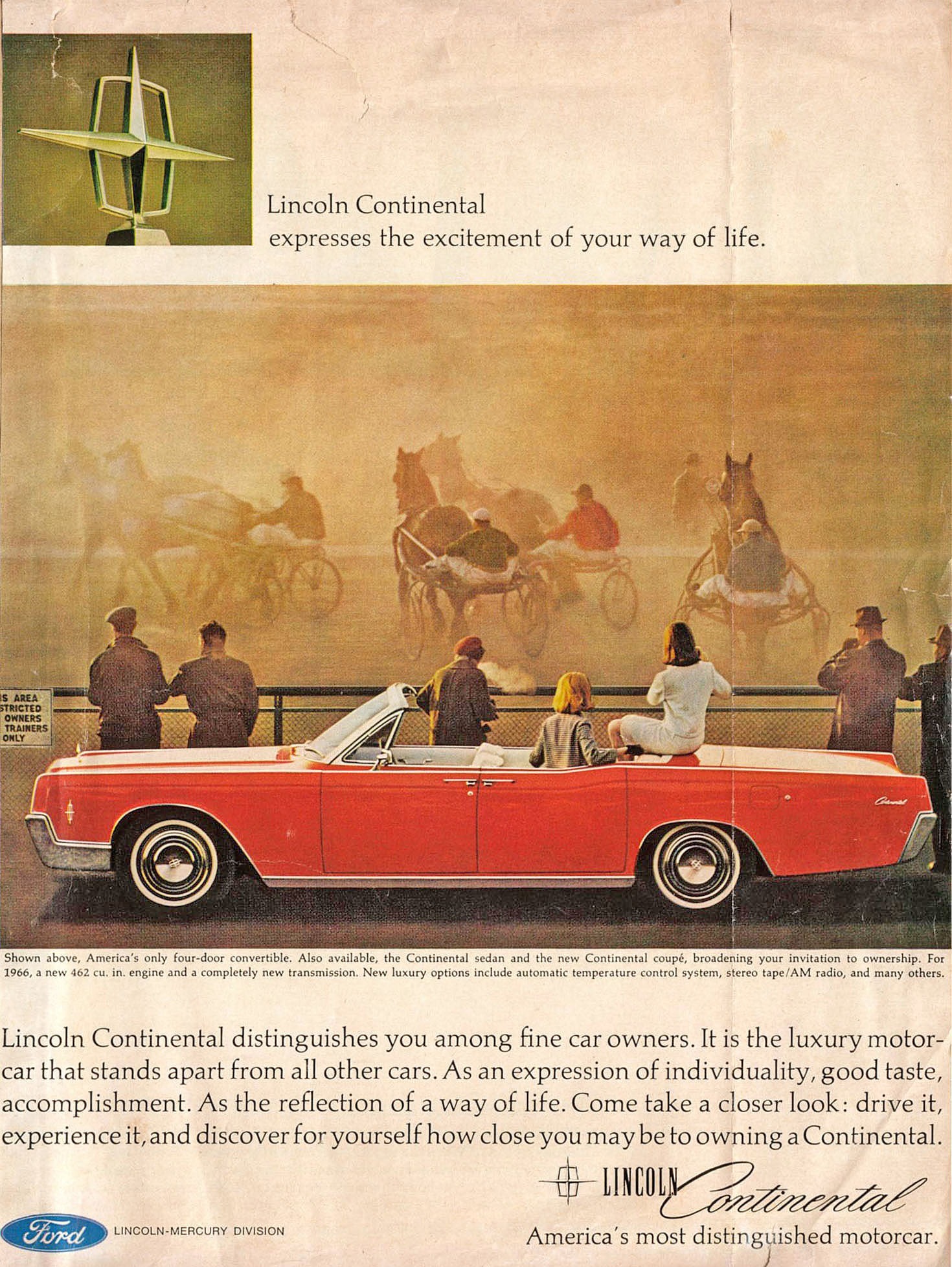
Suicide doors. Note half-height B-pillar. Lincoln advertisement.
Suicide doors were popular on hardtops especially because they gave a very open, airy feeling to a vehicle, especially with windows down, and they offered unparalleled ease of entry and exit, especially on drop-tops.

Clamshell doors. Ford photo.
As many extended-cab pickup truck owners could tell you, being able to open a front and rear door that hinge differently is convenient if you’re constantly accessing the rear area as you enter and exit for cargo or passengers. However, as a minor note of distinction, that type of rear-hinged door is actually a subset of suicide doors known as clamshell doors. Clamshell doors, unlike true suicide doors, are held in place by another door. Clamshells are one of the styles equally as likely to be found on a car as a truck.
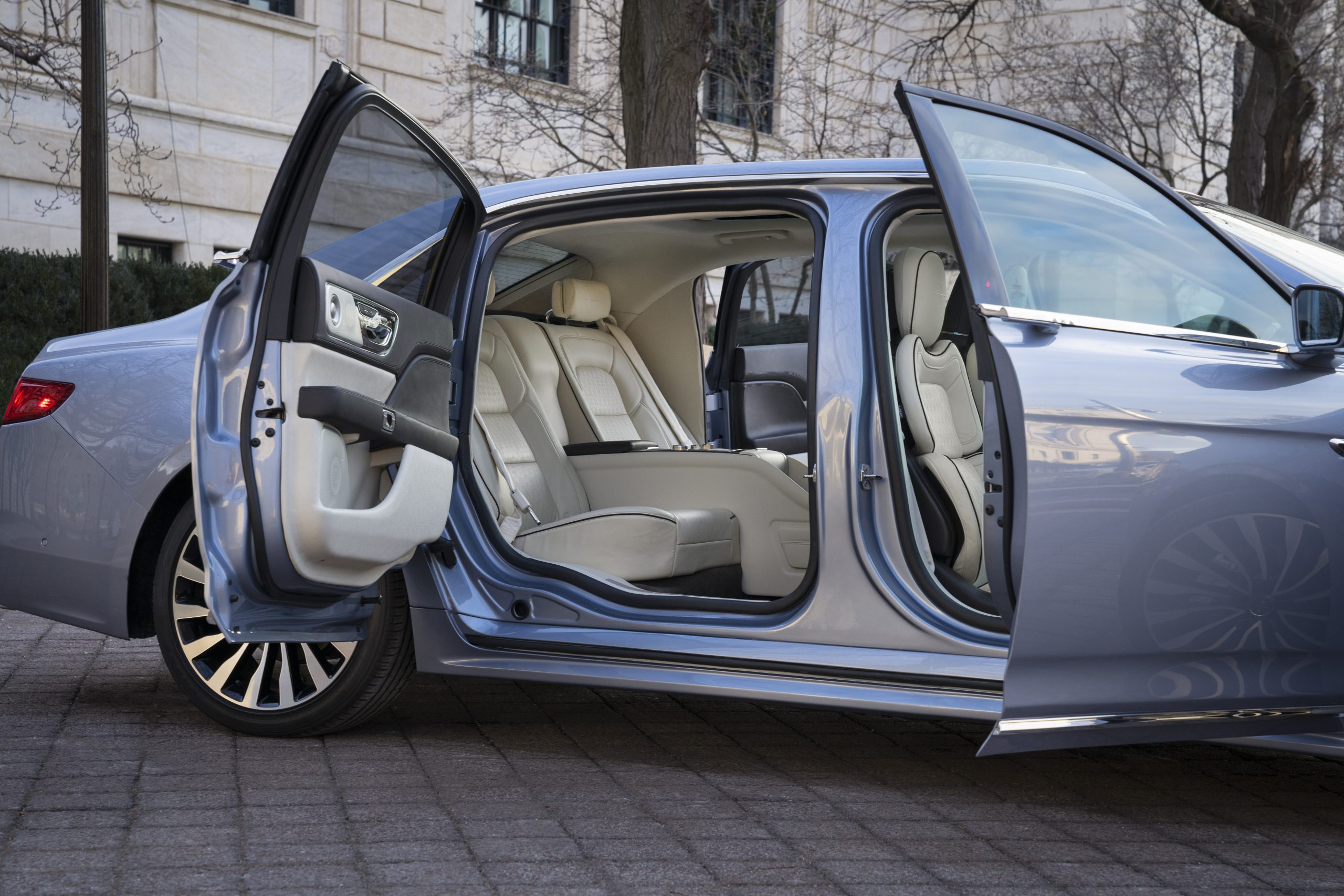
Suicide doors. Note full-height B-pillar. Lincoln photo.
Their waning popularity was linked to the advent of safety standards requiring shoulder belts, which were typically mounted to full-height B-pillars for occupants in the front seat. The addition of full-height B-pillars which effectively turned four-door hardtops into sedans made the suicide door much less dramatic and thus appealing.
I almost feel bad writing “scissor door,” because the term is one most people are unfamiliar with, but the slang term “Lambo door” is understood by nearly any mechanic, enthusiast, and even by a good portion of the general public who may not be car-savvy at all. Scissor doors rotate up instead of out. This style door was used extensively by (surprise!) Lamborghini on a few vehicles.

Scissor (Lambo) doors. Lamborghini image.
People love to bite the style today for all manner of vehicles, but the first “production” car to use them was the Countach. Surprisingly, the use of this style door is a practical feature. The Countach is incredibly difficult to back up—the rear visibility was bad on the original, and it became a mere slit on later cars. The driver sits well below the door sill, too. Standard practice when backing one of these up is to open the door, sit up on the door sill, and look backwards over the (very low) roof for good visibility. A dignified experience it is not. Here’s someone demonstrating the trick. (Watch to the end and you can see that comical rear window.)
On an editorial note, I’d like to mention the kits used that convert a conventional door to Lambo-style: every one I have interacted with has been awful. Normally, the kits retain the vehicle’s factory hinges to clear the body, so the door is opened a bit in the conventional fashion, then the door can be rotated up. Since the hinges move on two planes, the door must be lined up carefully to open and close, which is rather inconvenient. That said, the fact that so many cars have been converted speaks to how much people love the look of these doors, even if the function is severely handicapped.
Pretty much the domain of concept cars, a canopy door basically lifts the roof off the car, and the sides could, in theory, come with the roof.
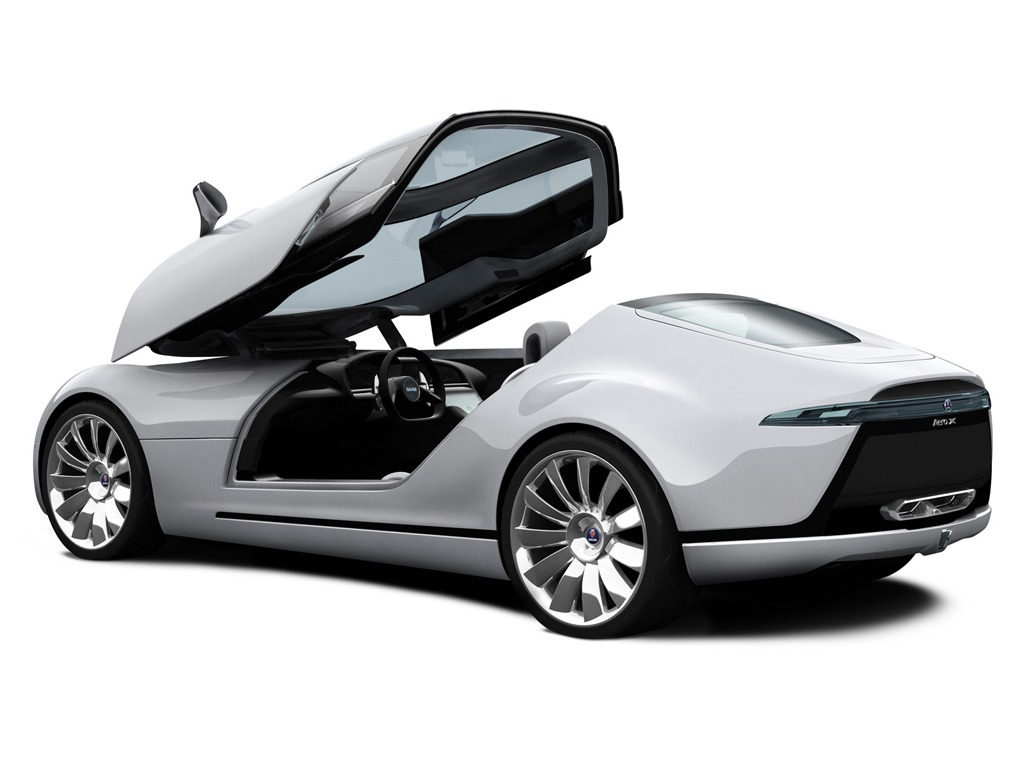
Canopy door. Saab photo.
If you’ve walked onto a patio, into a barn, or stumbled across stale Cheerios and dirty diapers in the back of a minivan, the sliding door will be familiar to you, so I won’t spend long on them, but I do want to throw a little shout-out to a subset of sliders, pocket doors. I thought these were house-only items, but you can occasionally spot pocket doors (which slide into the body, rather than proud of it) on vehicles.
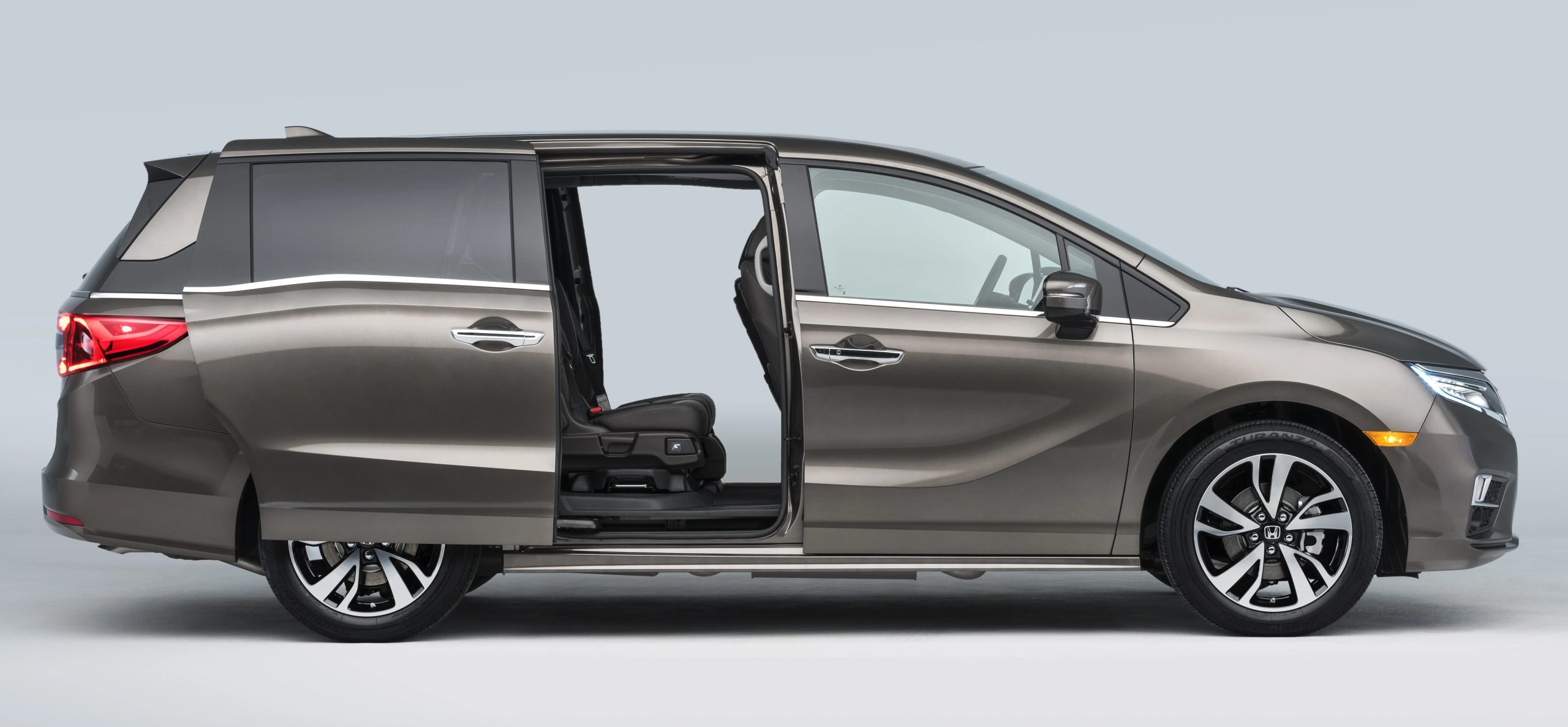
Sliding door. Honda photo.

Pocket door. UPS photo.
I’m lumping these together because they both sort of occupy a space somewhere between a conventional door and a gull-wing door. The butterfly door is the more extreme of the two, closer to a gull-wing: if a conventional door opens on an axis perpendicular to the ground and a gull wing opens on an axis parallel to the ground, the butterfly sits halfway between, opening both up and out. They’re affixed along the A-pillar, so the axis along which they open generally approximates that angle.

Butterfly doors. Toyota photo.
The swan door, on the other hand, is a much less severe interpretation of this idea that’s closer to a conventional door in practice. The door swings up slightly as it opens. The design is found often on high-performance cars for practical reasons: the upward swing can help the door on these low vehicles clear curbs.
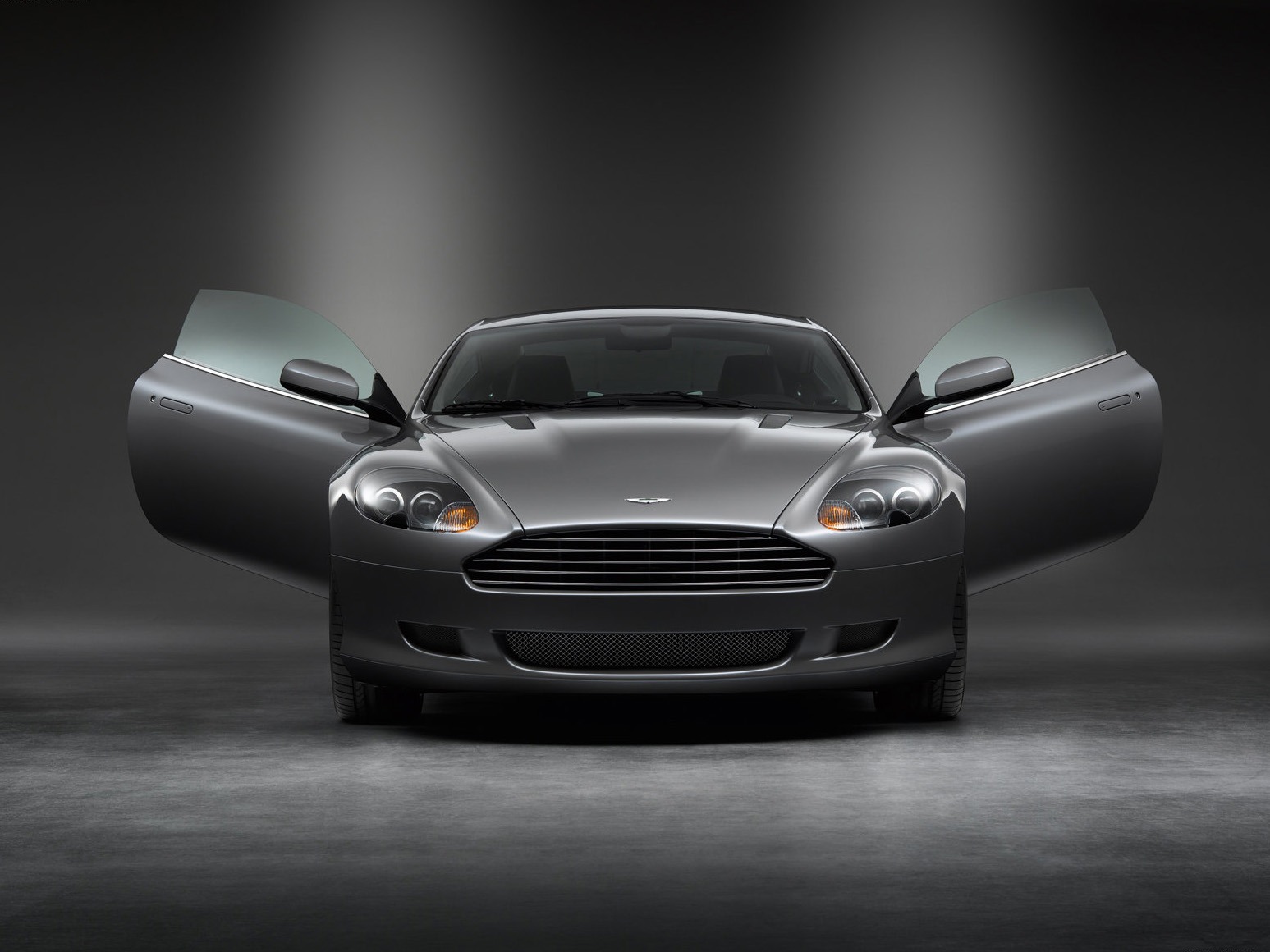
Swan doors. Aston-Martin photo.
When you read that, you either thought that was a totally fake name or you thought, “Koenigsegg.” Part and parcel with that make, this complex door design checks a lot of boxes: it offers the eye-catching look of a scissor door, solves a lot of the garage height issues scissor doors cause, and doesn’t get stymied by high curbs if reasonable clearance when parking is observed. The downside is their complexity. I guess the cost is, too, because if you want this door, it’s gonna be attached to a Koenigsegg, which, last time I checked, are crazy money.
At its core, the dihedral synchro-helix door actually acts a little like those Lambo conversion kits because the door both swings out and pivots up, but this style actually works. The mechanism incorporates a bevel gear which keeps the door in correct alignment along the sweep of its operation.
Vehicle doors, as it turns out, are remarkably varied. We’re not likely to see the forward-hinged door give up its dominance in the industry just yet. Happily, some of these alternative designs break up the monotony of seeing the same old thing—even if it’s not in the service bay.
The articles and other content contained on this site may contain links to third party websites. By clicking them, you consent to Dorman’s Website Use Agreement.
Participation in this forum is subject to Dorman’s Website Terms & Conditions. Please read our Comment Policy before commenting.
Another year is in the books here at Shop Press, and we thought we’d take this time to look back at 2025's most...
There are some items on a maintenance checklist that neither mechanics nor writers will recommend. Sometimes that’s...
Picture this: You’re installing a cylinder head, you’re tightening a head bolt to spec, and you’re feeling good—until...